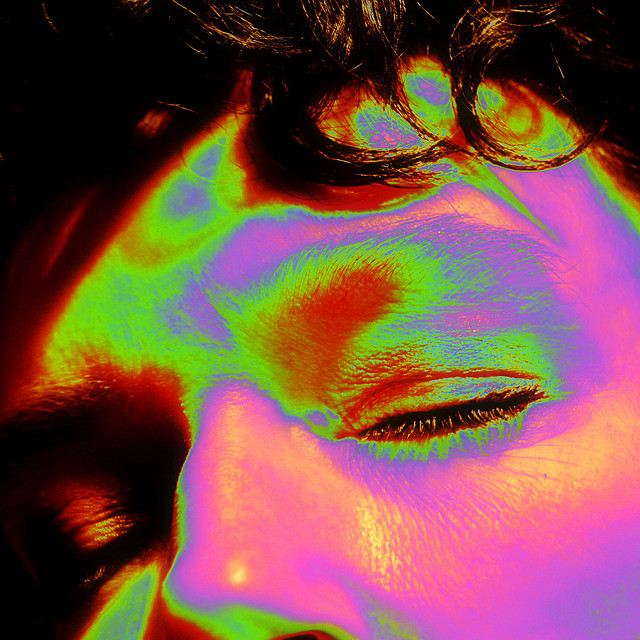
Synesthesia is a seemingly harmless condition that is described as the unusual mixing or blending of the senses. Or in other words, the stimulation to one sensory that causes an involuntary response or hallucination from a different sensory. Very little is known about its association with migraines, but some individuals have reported synesthesia replacing symptoms that normally occur during the aura phase of a migraine episode.
Migraine auras transpire just before the actual migraine attack and are described as visual disturbances like:
-
Blurred vision
-
Appearance of floaters (tiny specks that float within one’s line of vision)
-
Flashes of light or color
-
Blind spots or total blindness in one eye
But for some, synesthesia replaces aura symptoms with other, more odd experiences. For instance, an individual might see color in direct relation to hearing sound or associate a specific taste with shapes or words. There are over 60 different variations of synesthesia but the crossover between auditory and visual sense seems to be the more commonly reported instance among individuals who experience this bizarre condition in conjunction with migraines.
The experience of synesthesia is also frequently described as monochromatic letters or numbers being seen in a full array of colors. This form of synesthesia is called grapheme-color synesthesia. Days of the week, months or times of day may also be associated with a particular color and these color associations are usually predictable and consistent.
In general, those with synesthesia are believed to have exceptional memorization capability pertaining to numerical sequences and terminology because digits and letters link to colors or other sensory functions that make them more retainable. However, information can also be easily mixed up for those with synesthesia. For example, an individual might associate the number six spelled out as having the same color as the digital number 10.
What causes synesthesia?
The root cause of synesthesia is still unknown, especially as it relates to migraines. One theory suggests that synesthesia is a biological trait. This school of thought suspects that individuals who experience synesthesia as a regular part of their cognitive function may have been born with the condition, as it tends to be a reoccurring theme in family histories.
Synesthesia may also occur as the result of some kind of atypical cross wiring between departments of the brain that are usually separated. For instance, those who experience grapheme-color synesthesia may have a crossed signal between digit and letter processing and color recognition in the visual cortex.
Another theory is that the cause of synesthesia is neurological and can be triggered by the brain’s attempt to overcompensate. For example, individuals who lose their sense of sight have reported being able to see color when they hear a particular sound.
If you suffer from migraines and have experienced synesthesia as a side effect during your migraine episodes, talk to your doctor about it. Because so little is known about the connection between synesthesia and migraines, every bit of information can help to piece the puzzle together.
Image Credit: Auntie P

